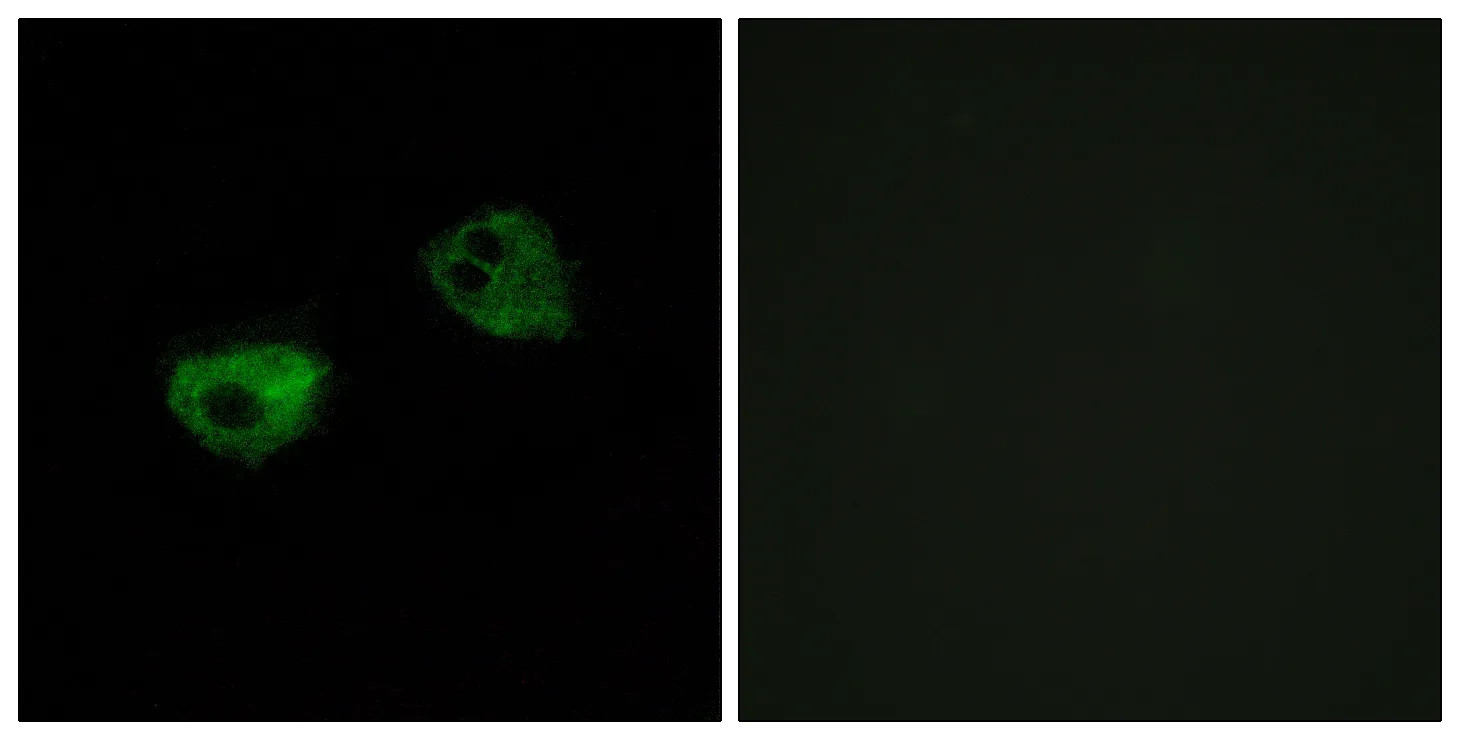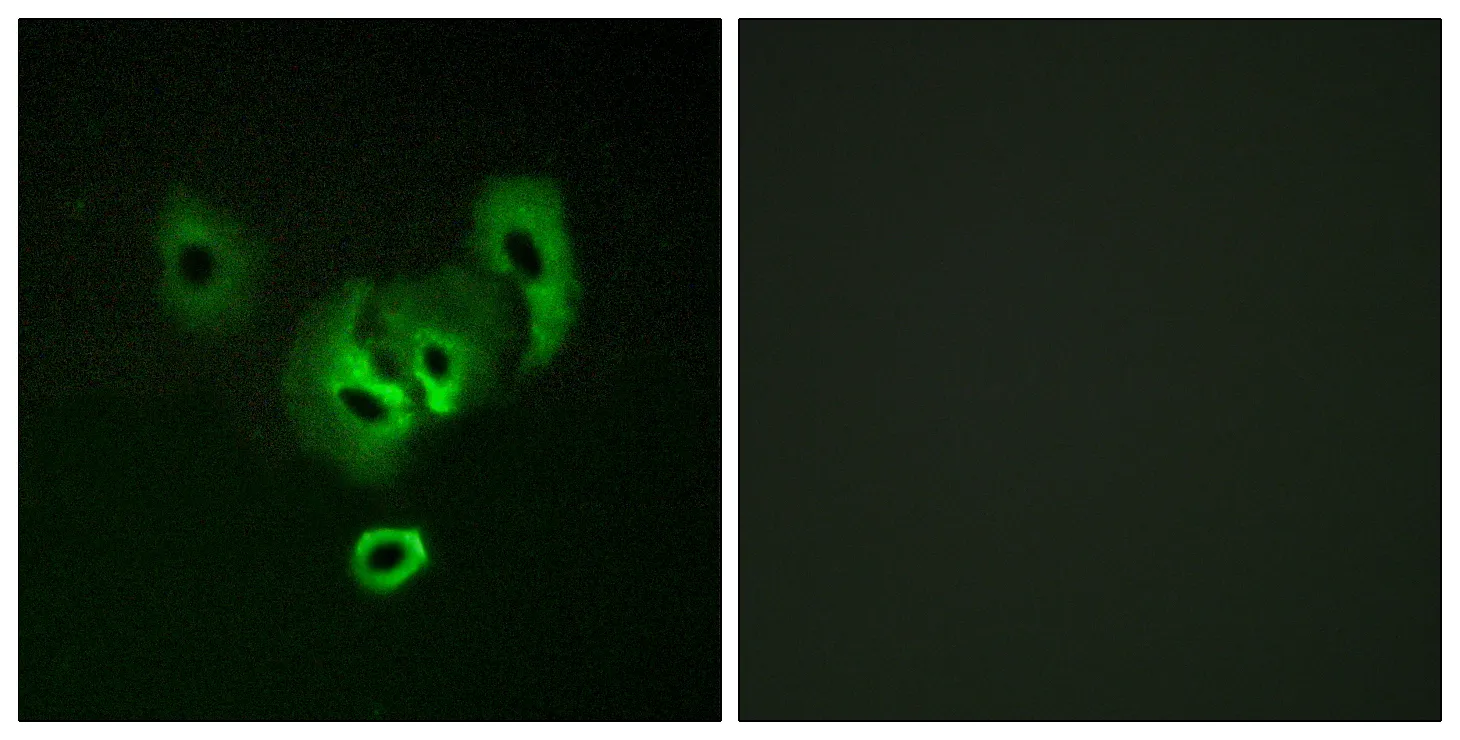Summary
Performance
Immunogen
Application
Background
The protein encoded by this gene is a small glycoprotein involved in the catabolism of lipid-modified proteins during lysosomal degradation. The encoded enzyme removes thioester-linked fatty acyl groups such as palmitate from cysteine residues. Defects in this gene are a cause of infantile neuronal ceroid lipofuscinosis 1 (CLN1, or INCL) and neuronal ceroid lipofuscinosis 4 (CLN4). Two transcript variants encoding different isoforms have been found for this gene.[provided by RefSeq, Dec 2008],catalytic activity:Palmitoyl-protein + H(2)O = palmitate + protein.,disease:Defects in PPT1 are a cause of neuronal ceroid lipofuscinosis 4 (CLN4) [MIM:204300]; also known as adult type neuronal ceroid lipofuscinosis (NCL) or Kufs disease.,disease:Defects in PPT1 are the cause of infantile neuronal ceroid lipofuscinosis 1 (CLN1) [MIM:256730]; also called infantile neuronal ceroid lipofuscinosis (INCL). The neuronal ceroid lipofuscinosis are a group of progressive neurodegenerative diseases characterized by the intracellular accumulation of autofluorescent lipopigment storage material in different patterns ultrastructurally. The lipopigment pattern seen most often in CLN1 is referred to as granular osmiophilic deposits (GROD). There is a core group of four major clinical forms, the infantile, the late-infantile, the juvenile, and the adult forms. The infantile forms are characterized by progressive visual impairment, seizure, motor disturbances, dementia and premature death (8-11 years of age).,function:Removes thioester-linked fatty acyl groups such as palmitate from modified cysteine residues in proteins or peptides during lysosomal degradation. Prefers acyl chain lengths of 14 to 18 carbons.,online information:Neural Ceroid Lipofuscinoses mutation db,online information:Retina International's Scientific Newsletter,similarity:Belongs to the palmitoyl-protein thioesterase family.,
Research Area
Fatty acid elongation in mitochondria;Lysosome;




